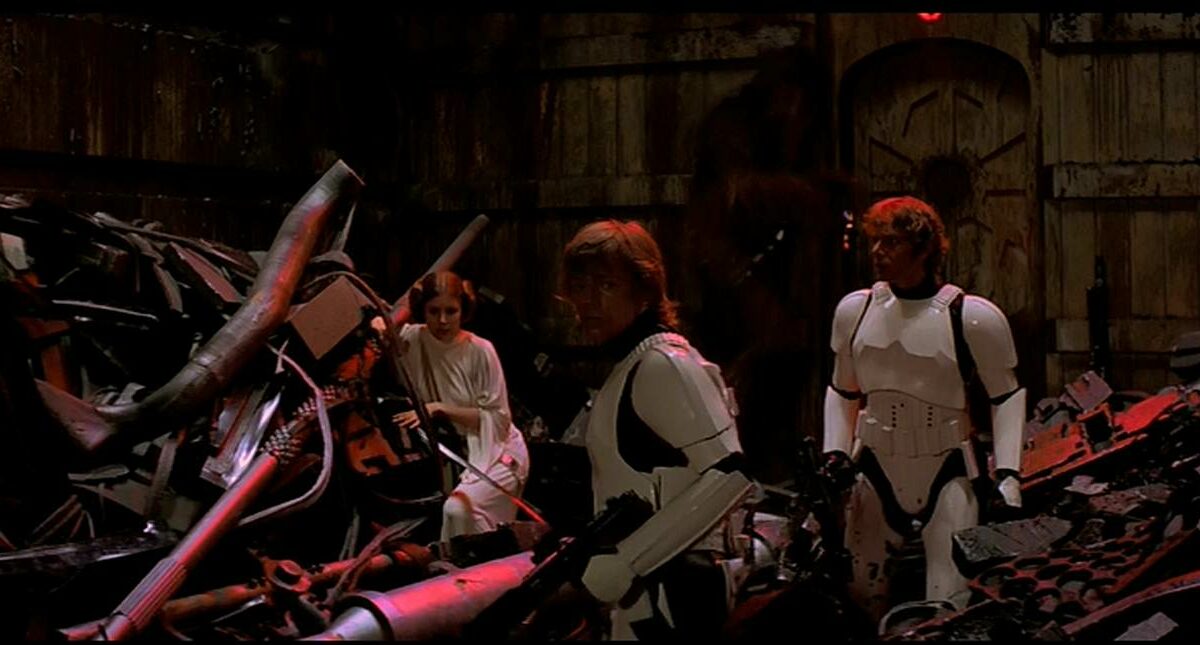You only have one brand story, but it needs to be told differently at different stages of the relationship you have with those you want to win over as brand advocates.
It’s very hard to gain people’s attention, yet so easy to lose it. Are you telling them the right story, in the right way, at the right time? The job for successful brand storytellers is to get your story straight, then engage people through the four lifecycle stages of a relationship.
Your One And Only Brand Story
Have you done the work of defining your story in a way that sets you apart from all others? Many of the companies I go into say they have. But when we dig a little deeper, things aren’t always as the seem.
Ask a Salesperson if they have the story they need to excite prospects. Ask Client Services if they have what they need to inform clients about what other value you can deliver. Check in with the C-Suite executive who’s about to be a keynote speaker or be interviewed by a news reporter if they’re feeling confident. See if the consumer you rely on really loves your brand and why. Ask them all if they know your brand story as it stands today and how they can make it their own.
Look at your website, your decks, your PR boilerplate. Look at it as an outsider, someone who knows nothing of the story. What I often find when I do this alongside a client is that they assume a lot of knowledge on behalf of their brand community. They too often tell people everything they could ever want to know about the offering from their own perspective, rather than thinking how to cater it to the recipient of the story.
The Four Phases
You only have one Brand Community. You understand who they are, what they want or need from you, where they are coming from, their motivations and where the best touchpoint is with each to be effective with your communications.
Each phase of your relationship with these cherished people requires a different kind of storytelling. It’s the same story, because it has to be to be consistent and authentic, but it needs to be in a form that is appropriate for achieving the strategic goals of the phase you are in.
Phase One: First Contact
“One minute to explain the end of the world,” that’s how Stuart Maister, Founder of Strategic Narrative, describes the task of the news anchor. He was trained as an on-air reporter with the BBC among others, and talks about how a reporter must encapsulate the story, no matter how big or small, within a minute to grab the viewer/listener’s attention. In the world of business communications, the current wisdom is that you have eight seconds or less to hook the interest of a prospect.
So the first form that your story needs to take is distilling an aspect of the value you potentially offer a target group into a singular, resonate way.
- Be disciplined: pick a single storyline that will make them want to know more
- Keep it simple: At glance, most stories can be overwhelming, so don’t be too conceptual or clever
- Make it personal: General statements are not intriguing, but sharing something that feels intimate and familiar engages
- Use images: As trite and weary a phrase as it may be, it’s true, “a picture tells a thousand words,” as long as the image helps tell the story rather than being a gratuitous attention grabber
Phase Two: Reflect Their Needs
If you’re successful at first contact, then the next phase will determine if the prospect is driven to learn more about you and whether you will be in the consideration set in the future. People understandably have their own agenda, and this stage usually means checking boxes. Make sure your company website, social media profiles, presentations, and more, give them what they need.
- Really show yourselves: Don’t be safe, be thrilling
- Create brand filters: Make sure your content honors the brand position and story you have committed to
- Tell your story well: Is it easy for them to understand quickly what you do and what makes you different, and more compelling, than your competition?
- Provide grazing + feasting: Some will want to get a “blink” reaction (as Malcolm Gladwell describes it), to your offering, while others want to dive in deep…so provide for both and everything in between
- Create dialog: It is essential at this stage of storytelling to convert your company monolog, which websites and social media profiles and advertising tend to be, into a dialog where you are listening
Phase Three: Make It Personal
Whether your brand is b2b or b2c, or the latest way of putting it, c2b, it’s all about listening. But listening is just the start. Responding to the specific needs of the client or consumer makes them feel their thoughts are being heard.
- Make your brand story theirs: As hard as it is to cede some ownership to others, building a truly community-driven story with everyone’s perspectives builds and strengthens brands
- Guide and inspire: Inclusion doesn’t mean letting go of your story, it opens up a wealth of work related to guiding and inspiring people to tell your story well and expressing their experience with it
- Engage respectfully: As much as I love some brands, they are not a primary relationship in my life. So make good use of the ever more sophisticated content management systems available…and make sure there is always a chance for listening and empowering content to go viral.
Phase Four: Stay In Touch
Once you complete the herculean task of building a healthy, sustainable brand community through great brand storytelling, make sure to keep the fires burning with your brand advocates.
- Identify primary touchpoints: Make sure you are clear about the best way to stay in touch, as getting emails, social media posts, ads in your feeds, phone calls, and more, may be annoying rather than thrilling
- Manage the story flow: Make sure you are achieving your strategies by monitoring the type and frequency of your storytelling to each brand community constituent
- Constantly adjust: Use qualitative and quantitative insights to refine your storytelling to keep it vibrant and relevant
- Keep the heat on: There is a natural tendency to get comfortable with your storytelling, especially with those you feel confident with. Don’t. Every time you communicate is a new chance to engage, inspire and stimulate meaningful dialog
In the end, great brand storytelling is about being authentic, intentional, strategic and meaningful. The best way to ensure success is to make all storytelling relevant to the moment. As you mature the relationships you have, both internally and externally, think about what form of storytelling is right for that person at that time. Always stay as passionate as a start-up, always strive to fulfill your brand purpose and always spark dialog.
The Blake Project Can Help: The Strategic Brand Storytelling Workshop
Branding Strategy Insider is a service of The Blake Project: A strategic brand consultancy specializing in Brand Research, Brand Strategy, Brand Licensing and Brand Education




